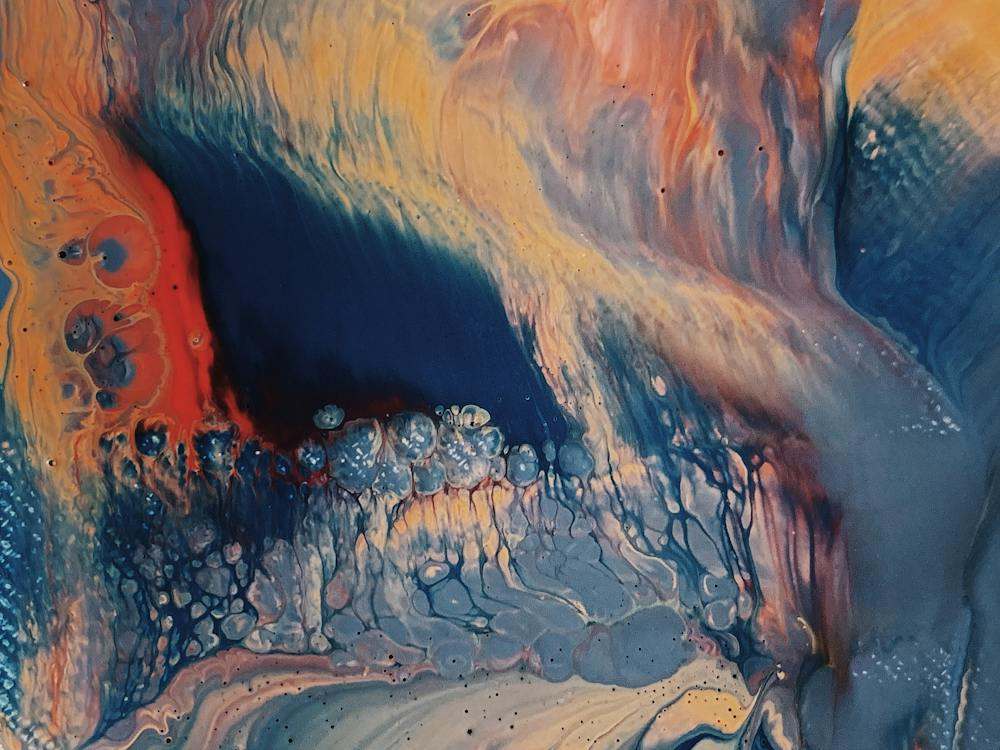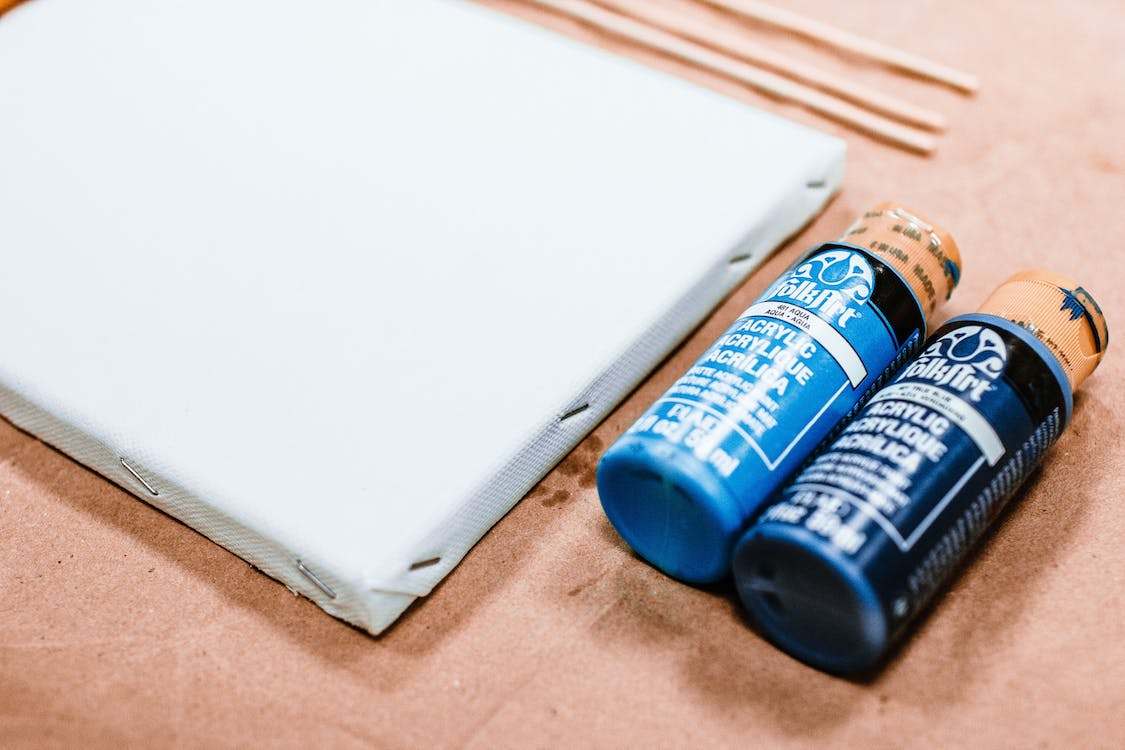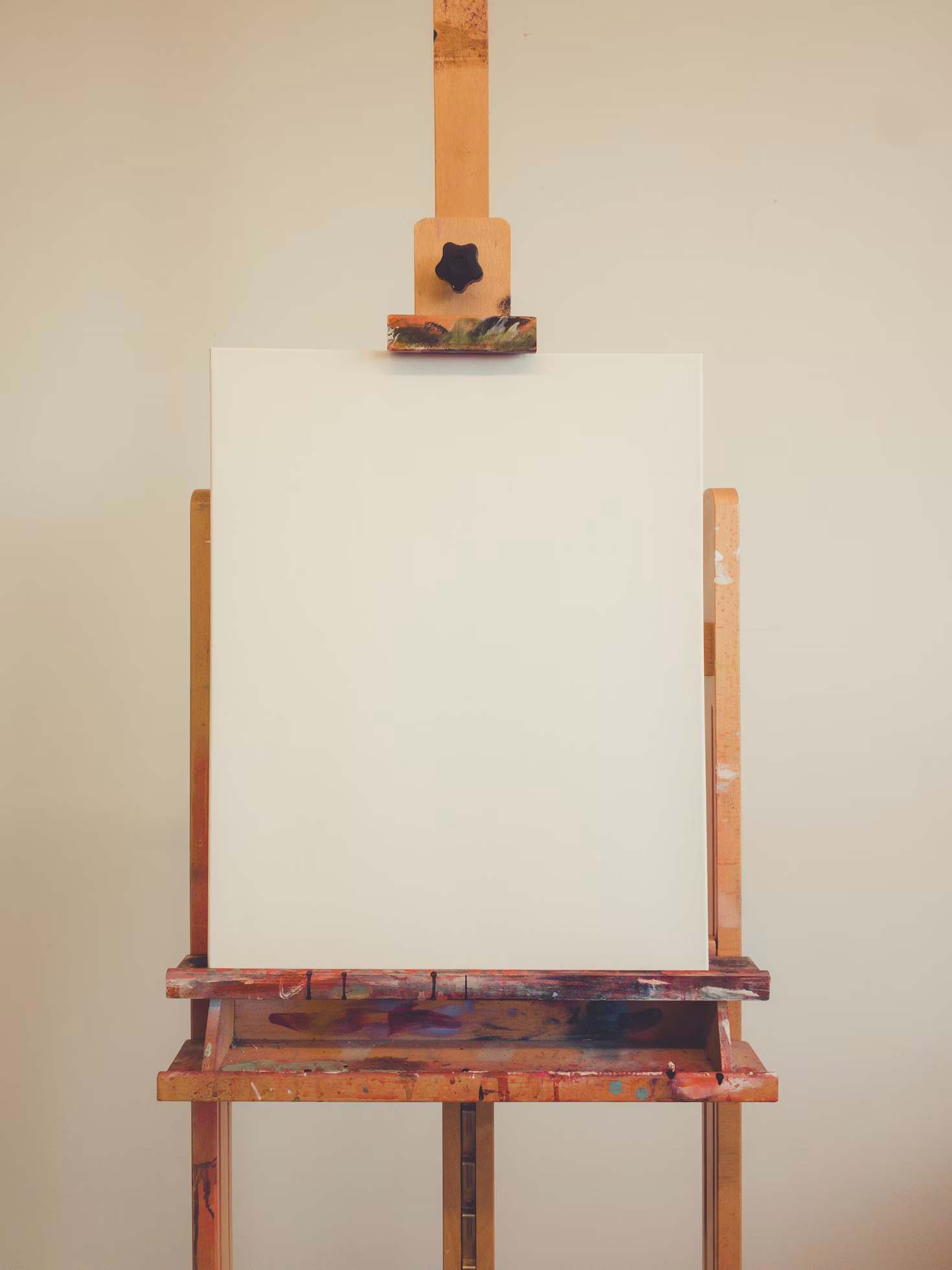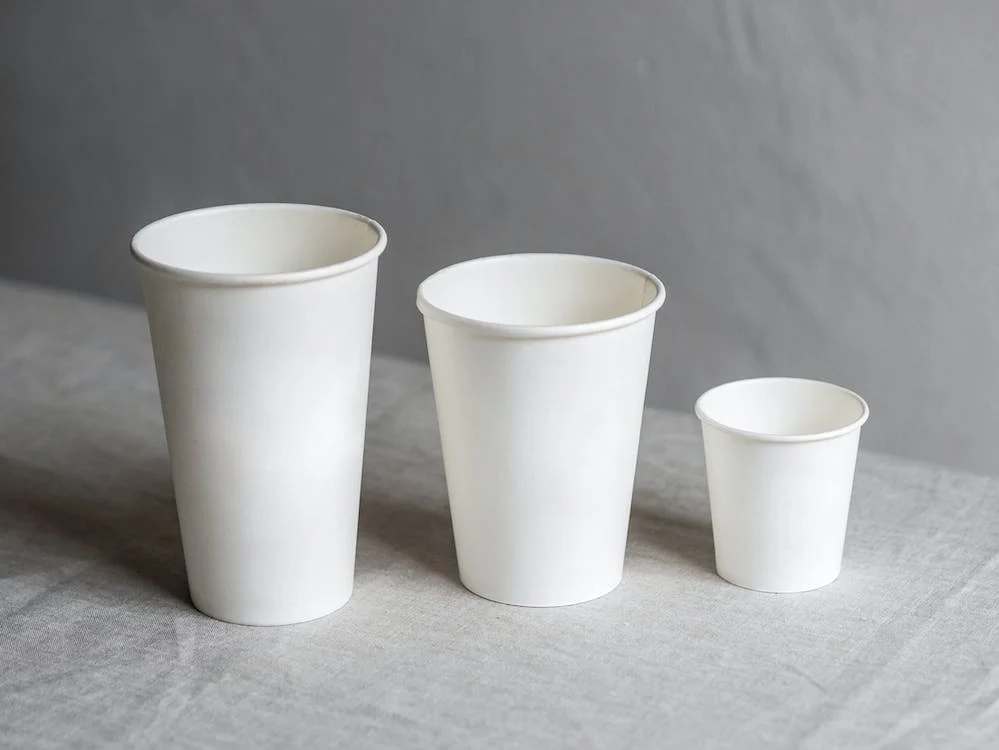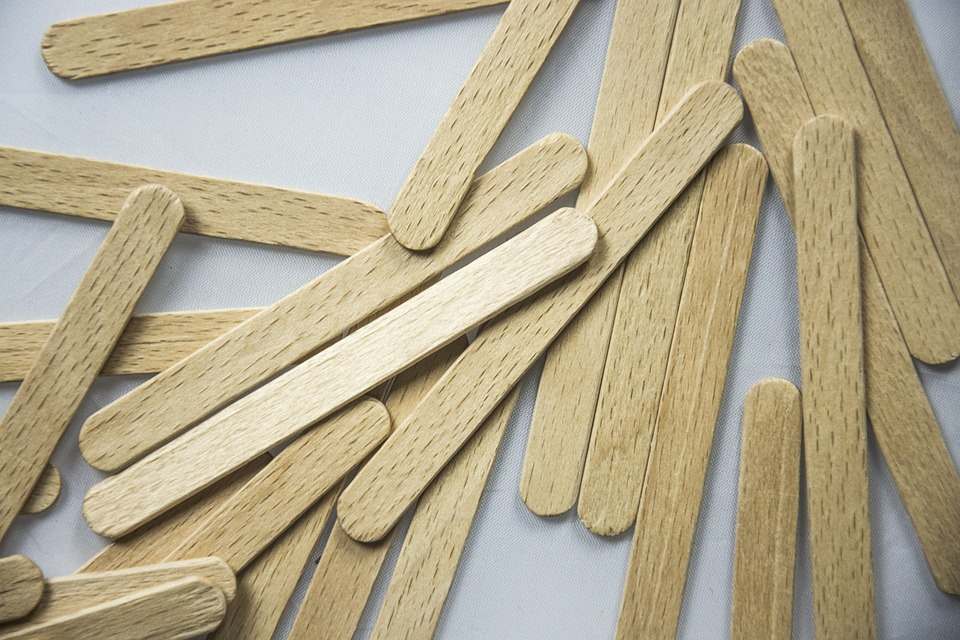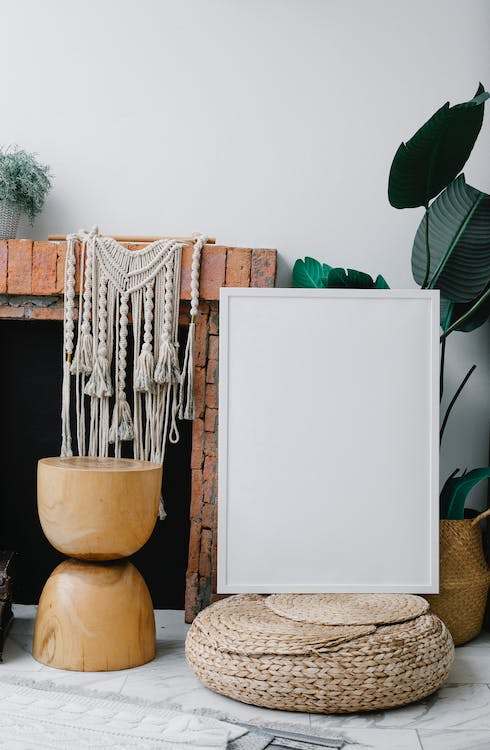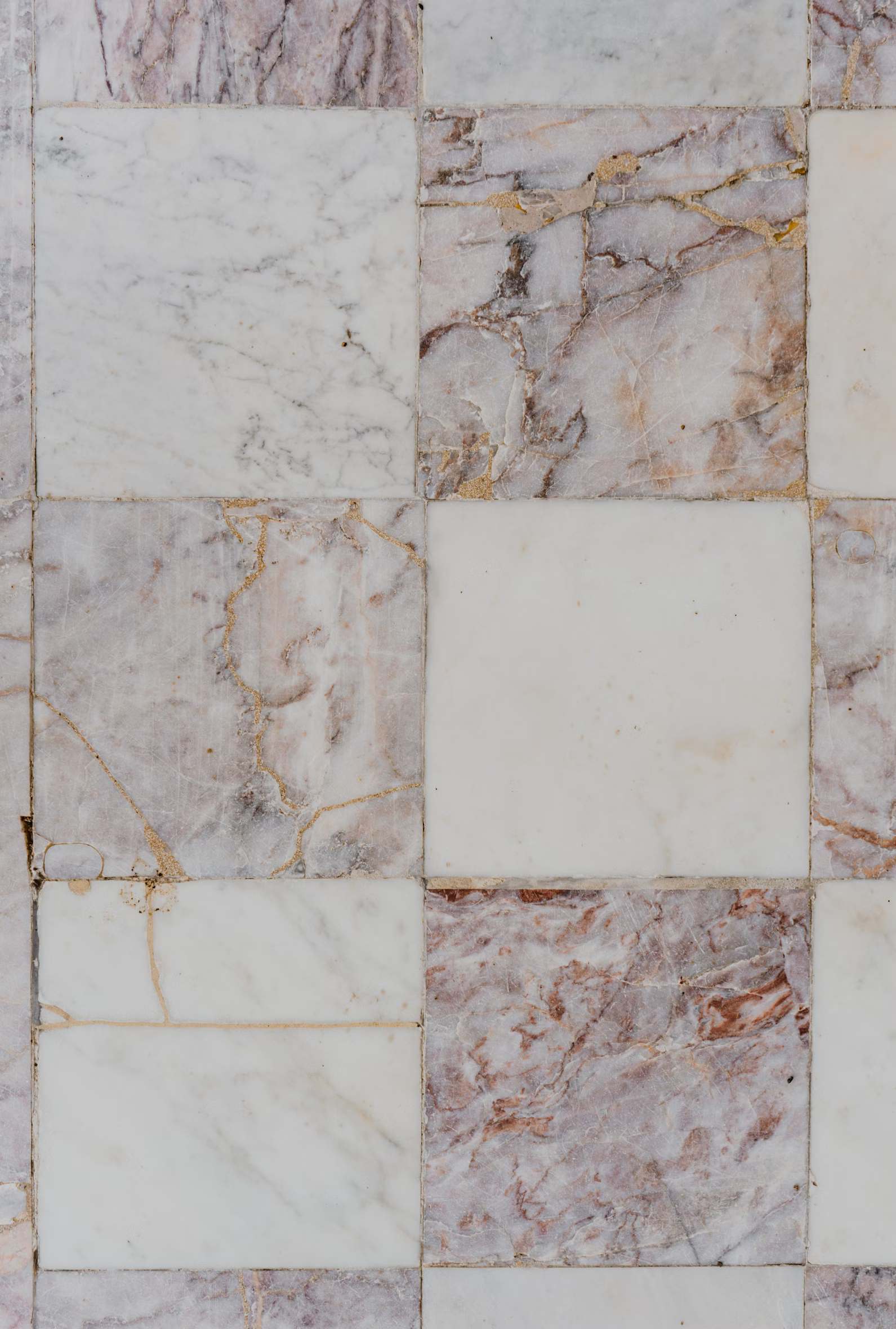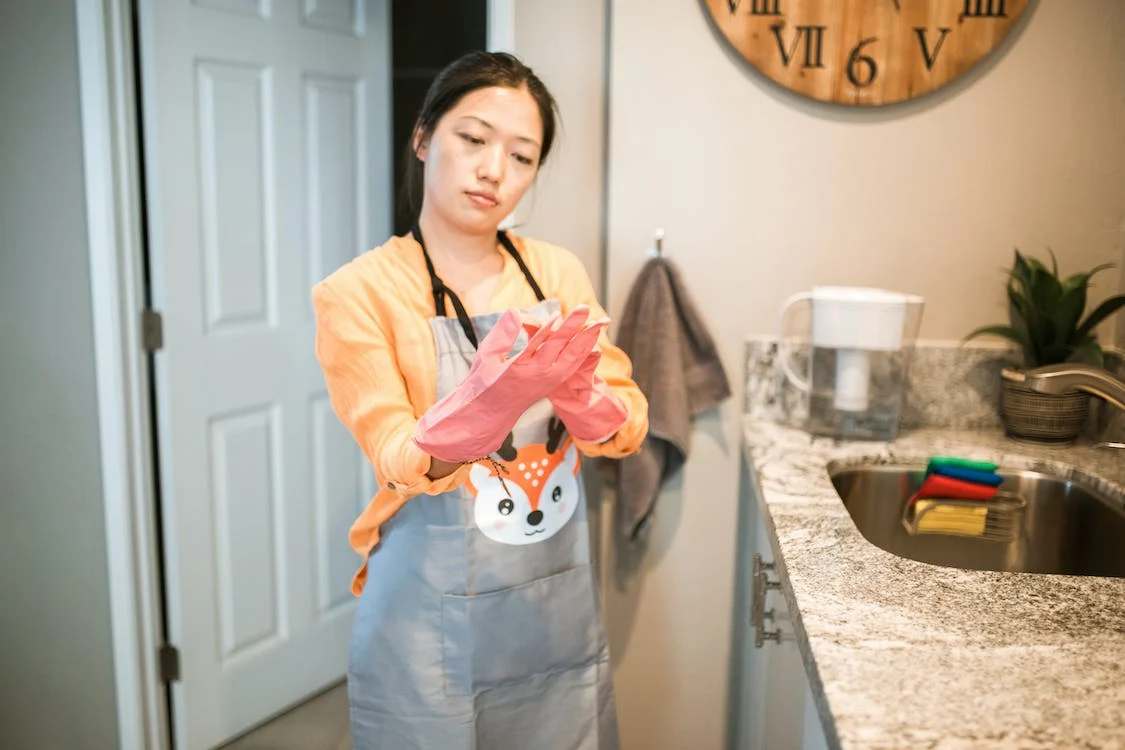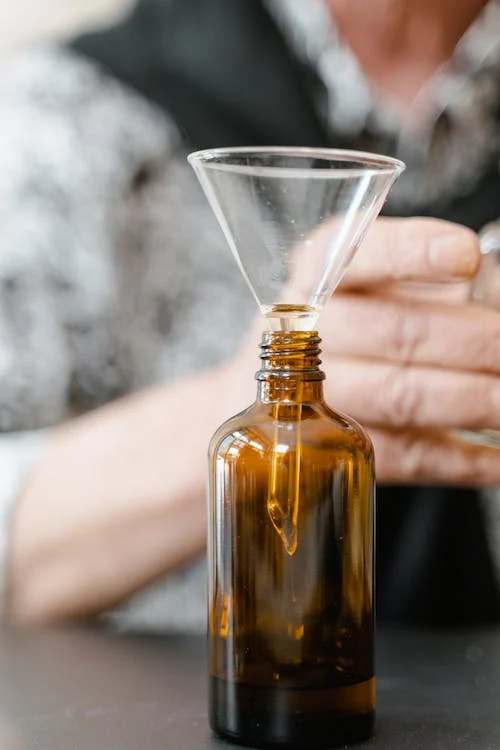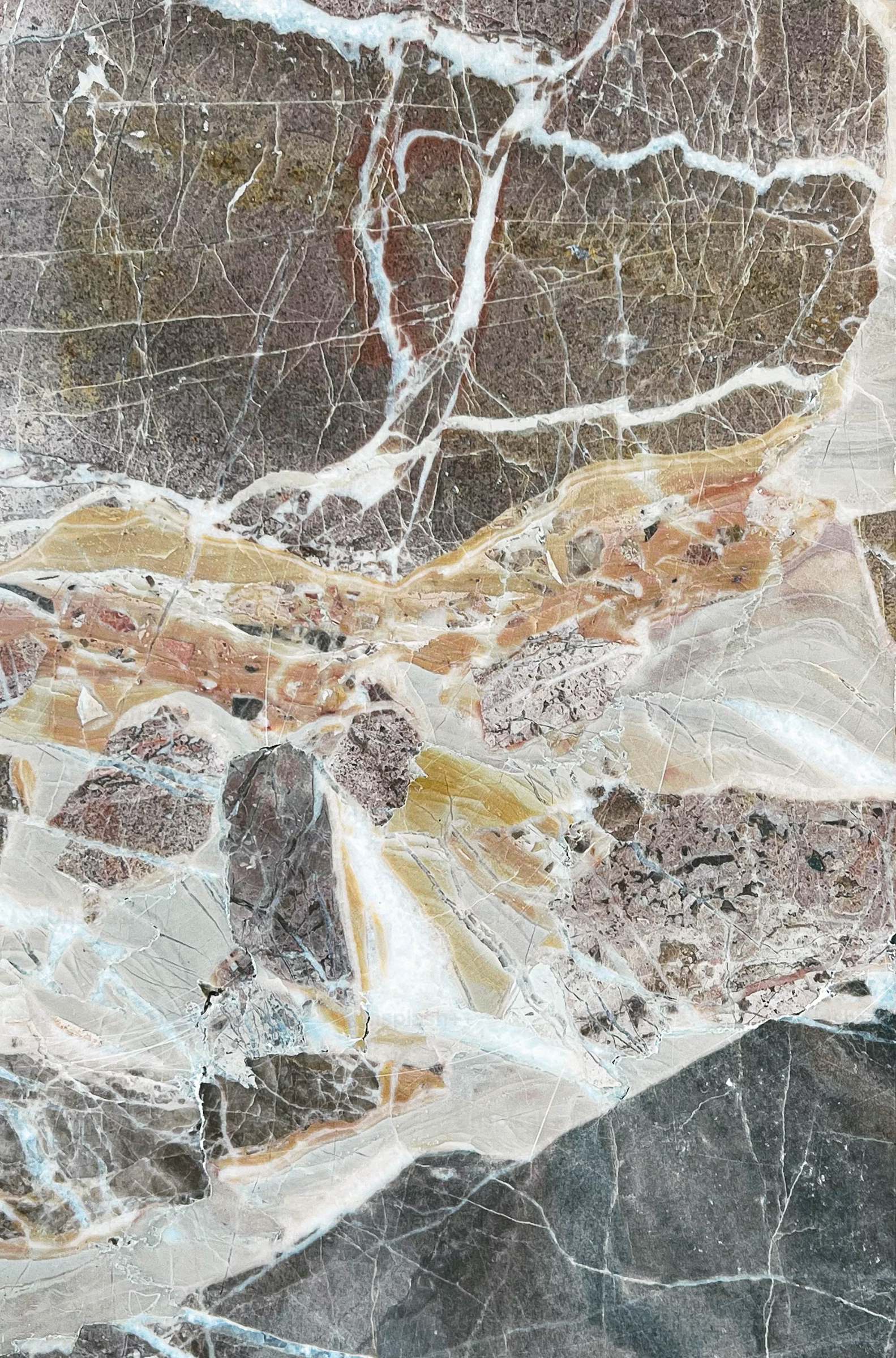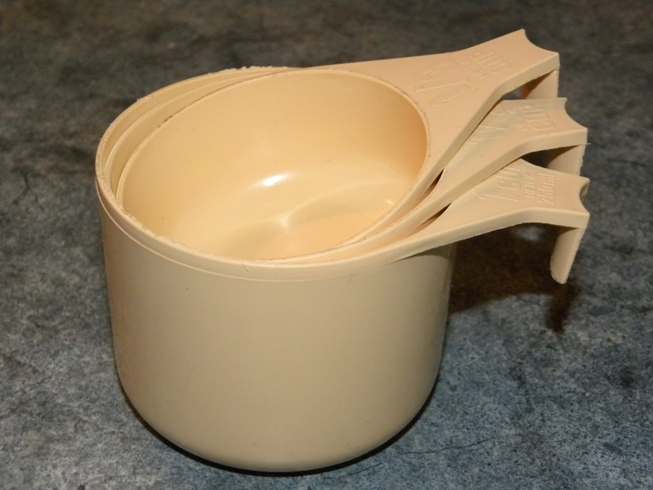Exploring Acrylic Pouring: Fluid Art Techniques is a captivating journey into the world of contemporary art, where imagination meets innovation, and creativity knows no bounds. This exciting and accessible art form has gained immense popularity in recent years, offering both seasoned artists and beginners an opportunity to delve into the mesmerizing realm of fluid acrylics. Acrylic pouring is a dynamic technique that allows artists to experiment with colors, textures, and compositions, making it a truly versatile and expressive medium. Whether you’re looking to create striking abstract masterpieces or simply seek a therapeutic and meditative artistic outlet, this captivating technique offers a wealth of possibilities.
In this exploration, you’ll discover the fundamental principles of acrylic pouring, from the choice of materials and paint mixing to various pouring methods, such as the flip cup, dirty pour, and swipe techniques. Additionally, we’ll delve into the science of how paint interacts with different surfaces and how to control the flow of colors to achieve stunning effects. With the potential for endless experimentation, acrylic pouring is a form of art that invites you to embrace your inner artist and set your creativity free. Whether you’re a seasoned artist or a curious beginner, you’ll find the world of acrylic pouring to be an endlessly fascinating and fulfilling creative endeavor, offering a canvas of limitless possibilities.
What is Acrylic Pouring?
Acrylic Pouring is an intriguing and modern art technique that involves mixing acrylic paint with various pouring mediums to create mesmerizing, fluid compositions on a canvas. The process begins with selecting an array of vibrant acrylic colors and diluting them with pouring medium to achieve the desired consistency. The magic unfolds as these vividly colored concoctions are poured or tilted onto the canvas, allowing the paint to flow and mix in unexpected and captivating ways. Artists can experiment with different pouring techniques, from the simple “dirty pour” to the more complex “swipe” or “flip cup” methods, each offering distinct results. Acrylic pouring is a new and exciting art form that has taken the art world by storm in recent years. As the paint mixes and interacts, beautiful abstract designs, marbling effects, and complex cellular patterns appear.
The Rise of Fluid Art
The Rise of Fluid Art has been a fascinating phenomenon in the contemporary art scene, capturing the imagination of artists and art enthusiasts alike. The allure of fluid art lies in its limitless potential for creativity and the joy of the unexpected. It transcends traditional artistic boundaries, inviting artists to let go of strict control and embrace the organic, almost alchemical nature of the process. The mesmerizing flow of acrylic paints and the captivating patterns they form have garnered a dedicated community of artists who share their techniques, experiments, and discoveries online and at art events. As a result, the art world has witnessed a surge in interest and participation in this unique form of self-expression. Acrylic pouring has genuinely democratized painting, making it accessible to all, and in the process, it has built a dynamic and supportive community that embraces uniqueness, imagination, and the ever-changing possibilities of fluid art.
Basic Materials Needed
Acrylic Paints
Acrylic paints serve as the vibrant and versatile medium at the heart of acrylic pouring. High-quality acrylic paints, available in an extensive range of colors, form the foundation for creating captivating compositions. To achieve the best results, it’s advisable to opt for professional-grade acrylic paints. These paints, designed with superior pigments and binding agents, offer improved color vibrancy, consistency, and durability. While quality paints can be an investment, they contribute significantly to the overall success of acrylic pouring artworks, ensuring the brilliance and longevity of your creative endeavors.
Pouring Medium
A crucial component in the art of acrylic pouring, the pouring medium plays a vital role in the creation of mesmerizing fluid compositions. This additive is designed to serve multiple purposes, including thinning the acrylic paint to the right consistency, enhancing its flow across the canvas, and, importantly, preventing cracking or crazing as the paint dries. Pouring mediums come in various forms, catering to diverse artistic preferences. Artists can choose from liquid pouring mediums that are ready to use, thicker gels for specific textural effects, or even create their own custom mixtures by blending water, glue, and other additives. The choice of pouring medium adds another layer of creative freedom, allowing artists to experiment and fine-tune their techniques to achieve the desired fluidity and longevity in their acrylic pouring artworks.
Canvas or Substrate
The choice of canvas or substrate in acrylic pouring is as diverse as the art form itself, offering artists the flexibility to experiment and create unique compositions. Stretched canvases are the go-to option for many artists due to their accessibility and the convenience of pre-primed surfaces. However, the world of acrylic pouring invites exploration beyond tradition. Wood panels provide a sturdy and flat surface, while acrylic sheets introduce transparency and depth. Tiles offer a compact and intriguing canvas, and even paper can be used as a substrate. The selection of the right canvas or substrate not only influences the final appearance but also opens the door to an endless array of possibilities, making acrylic pouring an art form that thrives on innovation and individuality.
Mixing Containers
Mixing containers play a vital role in the acrylic pouring process, ensuring accurate measurements and a seamless blending of paint and pouring medium. For most artists, plastic or disposable cups serve as convenient, cost-effective options for mixing. These containers are readily available, disposable, and easy to clean. However, artists seeking precise measurements often turn to silicone measuring cups or squeeze bottles. Silicone cups allow for accurate and consistent ratios of paint and pouring medium, while squeeze bottles offer more controlled dispensing for careful layering and intricate techniques. The choice of mixing container, whether simple or specialized, is a practical consideration that aligns with an artist’s preferences and the level of precision required in their acrylic pouring endeavors.
Stirring Sticks
Stirring sticks are essential tools in the world of acrylic pouring, ensuring the thorough and even mixing of paint and pouring medium. Artists have two primary options for stirring sticks: wooden sticks and plastic utensils. Wooden sticks, often disposable and readily available, are a cost-effective choice. They effectively blend the materials and can be used and discarded. On the other hand, plastic utensils, such as spoons or knives, are more durable and can be washed and reused, offering a sustainable and longer-lasting alternative. Regardless of the choice, these stirring sticks are invaluable in achieving a consistent and homogenous paint mixture, setting the stage for the creation of captivating and dynamic acrylic pouring artworks.
Types of Acrylic Paints
Heavy Body Acrylics
Heavy body acrylic paints are a crucial variant in the world of acrylics, celebrated for their rich and dense consistency. These paints are distinguished by their thick, buttery texture, which makes them ideal for artists who wish to build texture and dimension in their artworks. Heavy body acrylics excel at creating impasto techniques, where paint is applied in thick layers, resulting in pronounced surface relief and a three-dimensional effect. Artists frequently use palette knives and brush strokes to sculpt, layer, and shape the paint, ultimately producing textured and tactile artworks that engage the viewer’s senses through both sight and touch. Whether used for creating bold and expressive pieces or for adding depth and dimension to a composition, heavy body acrylics are a favored choice for artists seeking a versatile and expressive painting medium.
Fluid Acrylics
Fluid acrylics represent a distinct category within the world of acrylic paints, prized for their innate liquidity and suitability for various applications, including acrylic pouring. Unlike their heavy body counterparts, fluid acrylics are characterized by their thin and highly flowable consistency right out of the bottle. This inherent fluidity makes them an excellent choice for pour painting, where the paint is poured or dripped onto the canvas and then allowed to flow and interact freely. Because fluid acrylics require minimal additional thinning, they are favored by pour artists for their convenience and predictability, offering a smooth, self-leveling surface that allows for the effortless creation of captivating and organic compositions. This unique acrylic paint variant is celebrated for its capacity to produce mesmerizing color blends, intricate patterns, and captivating cell structures with ease, making it a preferred choice for artists exploring the dynamic and ever-evolving world of fluid art.
Soft Body Acrylics
Soft body acrylics occupy a middle ground within the spectrum of acrylic paints, providing artists with a versatile and balanced consistency that falls between the thicker texture of heavy body acrylics and the innate fluidity of fluid acrylics. These paints are valued by pour artists for their adaptability, as they can be used for a wide range of artistic techniques, including acrylic pouring. The moderate viscosity of soft body acrylics allows artists to strike a balance between controlled application and the creation of fluid, free-flowing compositions. This versatility makes them an attractive choice for those who want to explore various pouring methods, from creating defined designs to experimenting with more organic, spontaneous effects, offering an ideal medium to accommodate diverse creative preferences and artistic goals within the acrylic pouring realm.
Craft Acrylics
Craft acrylics are a budget-friendly variant of acrylic paints often used by artists and crafters. While they offer an affordable option for those looking to experiment with acrylic pouring, they do come with some considerations. Craft acrylics typically have a thicker consistency compared to artist-grade paints, meaning they may require more thinning with a pouring medium to achieve the desired fluidity and consistency necessary for pour painting. Artists working with craft acrylics may find that they need to experiment with the paint-to-pouring-medium ratios to ensure they achieve the proper flow and coverage. While craft acrylics may require additional attention to achieve the right consistency, they remain a cost-effective choice for artists seeking to explore the creative possibilities of acrylic pouring while staying within budget constraints.
Pouring Mediums
Liquitex Pouring Medium
Liquitex Pouring Medium is a favored option among artists due to its reputation for reliability and consistent performance. This popular choice is known for its ability to maintain the desired consistency in acrylic pouring artworks, providing artists with a dependable medium to achieve their creative visions.
Floetrol
Liquitex Pouring Medium is a favored option among artists due to its reputation for reliability and consistent performance. This popular choice is known for its ability to maintain the desired consistency in acrylic pouring artworks, providing artists with a dependable medium to achieve their creative visions.
GAC 800
GAC 800 is a specialized pouring medium produced by Golden Artist Colors, tailored specifically for the needs of acrylic pouring artists. This pouring medium is formulated to ensure optimal flow and performance in the creation of acrylic pouring artworks, offering artists a reliable and high-quality option for their projects.
Homemade Pouring Mediums
Homemade pouring mediums offer artists a cost-effective and customizable option for acrylic pouring. Artists often concoct their own pouring mediums using a blend of water, PVA (polyvinyl acetate) glue, and various additives to achieve the desired consistency and flow for their pour paintings. This DIY approach allows for experimentation and customization, providing artists with a versatile tool to control the characteristics of their paint mixture, ultimately leading to unique and captivating acrylic pouring artworks.
Canvas and Surfaces
Stretched Canvas
Stretched canvases, available in a variety of sizes, are the conventional and widely used surface for acrylic pouring. These canvases come pre-primed, which makes them convenient and accessible, particularly for beginners. Stretched canvases provide a sturdy and versatile foundation for pour paintings, offering a familiar and easy-to-work-with surface that readily accepts the flowing paint and allows for the creation of captivating and dynamic compositions.
Wood Panels
Wood panels are an alternative surface for acrylic pouring, offering artists a sturdy and level foundation for their creative endeavors. Birch wood panels, in particular, are popular choices in this category due to their durability and smooth surface. Wood panels provide a different texture and feel compared to stretched canvases, allowing artists to explore unique effects and create captivating pour paintings. The rigidity of wood panels ensures that they remain stable during the pouring process, making them well-suited for various acrylic pouring techniques and offering a fresh canvas for artists to express their vision.
Acrylic Sheets
Clear acrylic sheets, a versatile and transparent substrate, can be creatively employed in acrylic pouring for specific techniques. These sheets are ideal for artists seeking to experiment with layered or reverse pour methods. The transparency of acrylic sheets allows for the intriguing interplay of colors as they are poured or manipulated from beneath, resulting in visually captivating and translucent compositions. Artists can leverage the unique properties of acrylic sheets to add depth and intrigue to their pour paintings, offering an innovative twist to the world of fluid art.
Tiles
Ceramic or porcelain tiles, commonly used in home decor, offer an unconventional yet intriguing option for acrylic pouring. When used as a substrate, tiles can yield fascinating and unique effects in pour paintings. The smooth surface of tiles allows acrylic paint to flow and interact differently compared to traditional canvases, resulting in captivating compositions. Artists can experiment with various pouring methods on tiles, creating visually stimulating and tactile artworks that showcase the versatility and creativity that acrylic pouring offers.
Additional Tools
Torch or Heat Gun
Torch and heat gun tools are indispensable in the realm of acrylic pouring, serving a dual purpose. Firstly, they are utilized to eliminate unwanted air bubbles from the surface of the wet paint, ensuring a smooth and bubble-free finish. Additionally, torches and heat guns are key in the formation of beautiful cell effects in acrylic pouring artworks. When applied correctly, these tools help manipulate the paint’s surface tension, causing cells to emerge as the paint dries. This dual function makes torches and heat guns invaluable instruments for achieving a polished and visually captivating result in pour paintings.
Plastic Drop Sheets
Plastic drop sheets are essential accessories in acrylic pouring, serving as protective barriers to shield your workspace from accidental paint spills and splatters. These disposable sheets ensure that any excess paint or drips are contained, making cleanup easier and protecting your work area from potential mess and damage. By using plastic drop sheets, artists can focus on their creative process with peace of mind, knowing that their surroundings remain tidy and free from paint-related mishaps.
Gloves and Apron
Wearing gloves and an apron is a practical and hygienic choice when working with acrylic paints. These protective garments serve a dual purpose, keeping both your hands and clothing clean while you immerse yourself in your artistic pursuits. Gloves shield your hands from paint residues and potential skin irritation, while aprons protect your clothing from accidental splatters and stains. With the help of gloves and aprons, artists can fully engage in the creative process without worrying about messy or difficult-to-remove paint residues, enhancing the overall experience of acrylic pouring.
Level
Maintaining a level working surface is an important consideration in acrylic pouring. A level surface ensures that the paint flows evenly and prevents it from moving unevenly during the pouring process. By using a level, artists can create more controlled and balanced compositions, enhancing the predictability and overall success of their pour paintings. This simple tool is essential for achieving the desired results in acrylic pouring, helping artists create captivating and harmonious artworks with precision.
Syringes or Funnel
Syringes and funnels are valuable tools in acrylic pouring, especially when artists wish to achieve specific pouring patterns or layered effects. These instruments provide precise control over the distribution and placement of paint on the canvas, allowing for intricate designs and controlled pours. Whether you want to create layered compositions or add intricate details to your pour painting, syringes and funnels are indispensable for achieving the desired results with accuracy and creativity.
Plastic Wrap or Plastic Sheets
Plastic wrap or plastic sheets are versatile materials in acrylic pouring, serving various purposes. They are commonly used in the “swipe” technique, where they help create controlled and striking paint patterns. Additionally, plastic wrap or sheets are employed to cover and protect artwork while it dries, preventing dust or debris from settling on the wet paint. This dual functionality enhances the quality and preservation of acrylic pouring artworks, making these materials essential for both artistic expression and maintaining the integrity of the finished pieces.
Palette Knife or Spatula
Palette knives or spatulas are versatile tools that find multiple applications in acrylic pouring. They are commonly used for mixing paint and stirring the paint and pouring medium to achieve a uniform consistency. Palette knives and spatulas are also valuable for creating texture on the canvas, allowing artists to sculpt, layer, and shape the paint to achieve specific effects. In addition, they can be used for scraping or removing paint from the canvas, adding both precision and texture to pour paintings. These tools offer artists a high level of control and versatility in their acrylic pouring projects, contributing to the creation of captivating and dynamic compositions.
Basic Acrylic Pouring Techniques
Basic Acrylic Pouring Techniques encompass a range of captivating methods that allow artists to create stunning, fluid compositions with acrylic paints and pouring mediums.
Clean Pour
In a clean pour, each color of thinned acrylic paint is poured onto the canvas individually. The artist gently tilts the canvas to encourage the colors to blend and flow together, resulting in a harmonious, almost ethereal merging of hues. This technique is ideal for achieving soft transitions between colors and producing gentle, organic patterns on the canvas.
Dirty Pour
In a dirty pour, various colors of paint are combined in a single container, such as a cup or squeeze bottle, before being poured onto the canvas. This mixing of colors in the container creates a dynamic interplay of colors, producing intriguing swirls, cells, and marbling effects as they flow onto the canvas. The results are often more vibrant and complex than clean pours, making dirty pours a favorite among artists seeking bold and unpredictable compositions.
Flip Cup
The flip cup technique involves layering various colors of thinned paint directly into a cup, and then the cup is quickly flipped upside down onto the canvas. When lifted, the paint cascades and spreads across the surface in a stunning array of patterns and colors, often forming captivating cells and lacing. The flip cup technique offers a high degree of control over color placement and is known for its dramatic and visually captivating results.
String Pull
String pull, or swipe, is a technique where a string or strip of fabric is dipped in paint and then gently dragged across the canvas. As the string moves, it displaces the paint beneath it, creating mesmerizing patterns and a sense of motion in the artwork. The string pull method is fantastic for adding linear elements, creating sharp contrasts, and introducing intricate designs into your acrylic pour compositions.
Advance Techniques
Dutch Pour
The Dutch Pour is a mesmerizing acrylic pouring technique that starts with a base color spread evenly across the canvas. Contrasting or complementing colors are then poured on top. What makes the Dutch Pour unique is the use of a hairdryer, straw, or air compressor to blow the top layer of paint, creating beautiful, airy, and cloud-like patterns. Tilt the canvas to manipulate the design further, resulting in intricate and visually striking compositions that often have a sense of depth and motion.
Resin Pour
Resin pouring takes acrylic pouring to the next level by incorporating epoxy resin. This technique involves mixing epoxy resin with pigments and carefully pouring it onto the canvas. The resin creates a glossy, glass-like finish that enhances the vibrancy and depth of colors. However, it requires meticulous preparation, precise measuring, and torching to eliminate air bubbles and achieve a smooth surface. Resin pouring yields breathtaking, high-gloss artworks with a sense of depth and luminosity that’s hard to achieve with standard acrylic pouring.
Balloon Smash
Balloon smash is a playful and organic technique that begins with the application of different colored paints in a random pattern on the canvas. A balloon is then lightly pressed onto the wet paint, causing the colors to blend and spread. The result is unique and organic shapes with a slightly marbled appearance. Experimenting with the pressure applied and the angle of the balloon can lead to varied textures and patterns, making each balloon smash piece a one-of-a-kind creation.
Ribbon Pour
In a ribbon pour, artists pour multiple thin, layered streams of paint onto the canvas, often from a height or using squeeze bottles. The result is ribbons of color that intertwine and create intricate patterns. Tilt the canvas gently to allow the ribbons to flow and blend, producing a visually captivating effect. Ribbon pours offer both precision and unpredictability, allowing artists to explore the interplay of colors and create visually engaging, textured compositions.
Marbling
Marbling techniques simulate the appearance of natural stone marbling. Various colors of paint are poured into a puddle, and artists manipulate them with tools like combs, skewers, or even their fingers to create intricate marble-like patterns. Marbling provides a high level of control over the design, resulting in detailed and visually stunning artworks with a sense of timelessness and elegance, reminiscent of classic marbled papers.
Tips and Tricks
Achieving the Right Consistency
Use Measuring Tools
Using measuring tools is a fundamental practice in acrylic pouring, ensuring precise and consistent ratios of pouring medium to paint for your art. Typically, a 2:1 ratio of pouring medium to paint is a good starting point, though variations can apply depending on your specific needs or paint brands. Employing measuring cups or syringes allows for accuracy, enabling artists to maintain control over the paint’s fluidity and texture, facilitating the achievement of intended artistic effects. This attention to detail is essential, especially when replicating colors or working on multiple pieces, offering a reliable foundation in the ever-evolving realm of acrylic pouring.
Test the Consistency
Testing the Consistency is a pivotal step in acrylic pouring to ensure that your paint mixture is just right. Begin by conducting a “test pour” on a small surface. The paint should flow smoothly but not be excessively runny, creating a balance that allows it to move gracefully across the canvas. If the consistency is too thick, add more pouring medium, while if it’s too thin, incorporate additional paint to reach the desired flow. This simple yet crucial test enables you to fine-tune your paint mixture, guaranteeing that it behaves as expected during the actual pouring process and that you achieve the desired artistic effects in your acrylic pour artwork.
Mix Thoroughly
Stirring your paint and pouring medium thoroughly is a critical step in acrylic pouring. To attain a smooth and uniform consistency, it’s imperative to blend the two components meticulously, ensuring there are no clumps or lumps in the mixture. This careful and thorough stirring not only guarantees that the paint and medium are well integrated but also helps in preventing undesirable texture irregularities in your artwork, resulting in a more seamless and visually appealing acrylic pour.
Thin as Necessary
Thinning as Necessary is an important adjustment in the acrylic pouring process. If your paint mixture is still thicker than desired after using pouring medium, you can introduce water in small increments to reach the desired level of thinness. This step allows you to fine-tune the consistency, especially for techniques that require an even more fluid paint, ensuring that you have precise control over the flow and fluidity of your acrylic paints. It’s essential to add water incrementally to avoid over-thinning, as this can lead to loss of color vibrancy and poor adhesion to the canvas.
Creating Cells
Silicone or Additives
To encourage the formation of cells, you can add silicone oil, dimethicone, or hair serum to your paint mixture. These additives create a surface tension differential, which results in cells as the paint flows and dries.
Torch or Heat Gun
After pouring, use a torch or heat gun to heat the surface of the paint briefly. This will cause any air bubbles to rise and pop, creating cells. Move the torch or heat gun slowly and at a safe distance to avoid overheating or scorching the paint.
Layering Colors
Layering Colors is a technique that not only enhances the visual depth and complexity of an acrylic pour but can also be a catalyst for cell formation. By strategically layering colors with different densities, you can create an intriguing interplay between the lighter and heavier hues. Placing lighter colors on top of heavier ones promotes an attractive contrast that often encourages the development of cells in your pour. This technique adds an extra dimension to your artwork, making the final composition more visually captivating, and it showcases the dynamic, almost alchemical nature of acrylic pouring.
Troubleshooting Common Issues
Cracking
Cracking is a potential issue in acrylic pouring, and it can happen for a couple of reasons. First, if the paint dries too quickly, it can lead to cracking. This often occurs in hot or dry environments. To mitigate this, maintain a workspace with moderate temperature and humidity levels, which can slow down the drying process. Second, if the paint mixture is too thick, it can result in cracking as well. To prevent this, ensure that you’ve properly thinned your paint mixture using pouring medium and, if needed, water. This balanced consistency not only aids in achieving the desired flow but also helps in preventing undesirable cracks in your acrylic pour artwork.
Muddiness
Muddiness in an acrylic pour can be frustrating, and it’s typically a result of overmixing or excessive layering of colors. To prevent your colors from becoming muddy or losing their vibrancy, avoid over-stirring your paint mixture or layering colors too much in the cup before pouring. Instead, let the colors blend naturally on the canvas. Allowing them to flow and interact as they naturally would often leads to more distinct and visually appealing results. Embrace the unpredictability of acrylic pouring, as it can yield beautiful, organic patterns and unique color combinations when you let the process work its magic on the canvas.
Uneven Coverage
Uneven Coverage in acrylic pouring can be frustrating when you end up with areas that have more or less paint than you intended. This problem often occurs when your working surface is not properly leveled. To ensure even paint coverage, it’s crucial to double-check that your canvas or substrate is perfectly level before starting the pour. Using a level tool or adjusting the positioning of your surface can help prevent the paint from moving unevenly during the pour, leading to a more balanced and visually satisfying acrylic pour artwork. Proper surface preparation and leveling are essential steps to achieve consistent and predictable results in your pouring projects.
No Cells
If you’re struggling to create cells, consider adjusting the amount and type of silicone or other additives in your paint mixture. Additionally, try different pouring techniques and ensure your torching or heat gun technique is effective.
Paint Runs Off
Paint Running Off the canvas too quickly can be a common issue in acrylic pouring, and it’s often a sign that your paint mixture is too thin. To address this problem and achieve the desired consistency, you can add a bit more paint or pouring medium. This adjustment allows you to fine-tune the thickness of the paint mixture, preventing it from running off too rapidly and giving you better control over the flow of the acrylic paint on the canvas. Finding the right balance in your mixture is key to achieving the desired effects and ensuring that the paint adheres to the surface without excessive runoff.
Bubbles
Bubbles can be an unwanted distraction in your acrylic pouring artwork. To prevent them from marring your creation, it’s important to mix your paint and pouring medium gently, as excessive stirring can introduce air bubbles into the mixture. Additionally, you can use a torch or a heat gun to remove any surface bubbles before the paint starts to dry. Passing the heat source briefly over the surface of the pour causes the bubbles to rise and pop, leaving you with a smoother and more polished finish. By following these steps, you can significantly reduce the presence of unwanted bubbles and enhance the overall quality of your acrylic pour artwork.
Conclusion
In the colorful world of acrylic pouring, artists have a wide array of techniques to explore and experiment with. From the mesmerizing Dutch Pour, where layered colors flow like vibrant clouds, to the captivating Ribbon Pour, which creates intricate, flowing patterns with precise streams of paint, the possibilities are endless. The use of epoxy resin in Resin Pouring yields a stunning, high-gloss finish that enhances color vibrancy, while the playful Balloon Smash technique adds organic shapes and surprises to the mix. Marbling techniques evoke classic elegance, and by manipulating colors in a puddle, artists can create intricate, timeless patterns. Each technique, whether basic or advanced, offers a unique avenue for artistic expression, providing a dynamic and rewarding journey for acrylic pouring enthusiasts of all skill levels.
